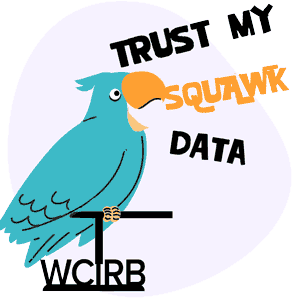Duplicate Workers' Comp e-Bills: It's Time to Stop

When workers’ comp e-billing technology works properly, sending a duplicate e-bill is rare — not routine.
If your practice’s workers’ comp e-bills are getting lost or reported “not on file,” and you’re submitting piles of duplicate e-bills (or mailing those bills), it's a strong indicator that your e-billing software or clearinghouse isn’t doing its job.
Data from daisyBill proves this point: in 2023, our providers submitted 2.2 million e-bills nationally — and just 1% of those e-bills were duplicate submissions.
Compare your 2023 data to the data from daisyBill below. If your practice routinely submits duplicate workers’ comp e-bills, consider asking your billing software or clearinghouse vendor some tough questions.
Duplicate Bills: Not Necessary for 99% of daisyBill e-Bills
In 2023, daisyBill providers submitted 2.4 million workers’ comp bills (overwhelmingly as e-bills) to 636 claims administrators.
The data below, organized by submission method, show how few of those bills were duplicate submissions.
Bill Transmission Mode |
Total Bill Count |
Duplicate Bill Count |
Duplicate Bill % |
e-Bill |
2.2 Million |
30,300 |
1% |
Fax |
148,700 |
17,200 |
12% |
60,000 |
4,400 |
7% |
|
14,100 |
850 |
6% |
|
Total |
2.4 million |
53,000 |
2% |
The extremely low rate of duplicate e-bill submissions is the result of two primary factors:
- daisyBill “scrubs” all e-bill submissions before sending them, ensuring that every required element is in place for a complete, compliant, “clean” claim. This prevents having to resubmit faulty bills.
- daisyBill connects directly with each clearinghouse hired by claims administrators to accept e-bills (or, where applicable, directly to payers that do not use a clearinghouse). These connections are critical to keeping bills from getting lost or ending up “not on file.”
When we speak with non-client providers and their staff, inevitably their number one complaint about workers’ comp is the high percentage of bills that have to be resubmitted as duplicates.
This should not be the case; when the technology works, duplicate bill submission is an occasional inconvenience—not a routine necessity.
daisyBill makes treating injured workers easier, faster, and less costly. Get a free demonstration below.
SCHEDULE DEMO
DaisyBill provides content as an insightful service to its readers and clients. It does not offer legal advice and cannot guarantee the accuracy or suitability of its content for a particular purpose.


.gif)

.png)
.gif)